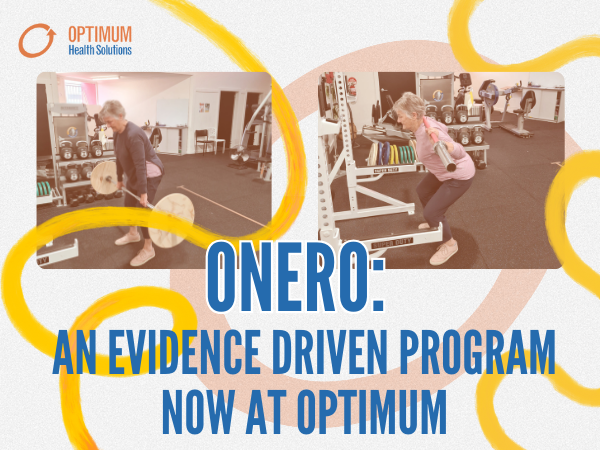A holistic understanding and approach to weight-loss and management.
How many times have you heard this: “I exercise a lot, but I never seem to lose any weight!” or had this thought or something similar run through your head? If I had a dollar for every time I heard this… well let’s just say I’d be close to retiring. However you may also be thinking isn’t exercising meant to make you taught, trim and terrific? Well hopefully I can clear up a couple of misunderstandings and help you to have a more holistic understanding and approach to weight-loss and management.
Firstly a disclosure, the physiological mechanics (for lack of a better word) surrounding weight management/weight-loss can be at times complicated and very much individualized. However there are a few guiding principles that I hope to explain, which will add some fire power to your weight-loss arsenal.
Most people will have seen the figure 8700 Kj on food packaging, billboards, health shows , Dr Oz and the rest. This figure of 8700 Kilojoules is the daily recommended intake of food identified for the “average” individual. This figure is represented as Kilojoules which is a unit of energy (remember this) in which the body requires for “normal” health functioning. Within this special number, we see it broken down further in types of food for example carbohydrates, fats, protein, nutrients and vitamins.
Many of us, including myself, don’t fall within these normal guidelines or have health conditions that affect the “normal” healthy functioning of the body such as Diabetes. But for the sake of this article, we will say that each individual has a specific energy requirement that needs to be met each day, to remain healthy.
With the significant increase in processed food, fast food and high sugar drinks, the vast majority of our population is consuming in excess of our daily energy needs. Being very efficient, our body stores our excess energy as fat in the body. This excess of energy (now stored as fat) appears as extra kilograms on our scales. This principle can be simply explained by the analogy of energy in versus energy out. ‘Energy in’ equals anything that has stored energy, which is taken into the body and digested. ‘Energy out’ is any form of activity or movement that requires a fuel source.
So simply put, if you are ingesting more than your daily energy requirements (average 8700KJ), in most cases you will put on weight through the storage of the excess energy. If you consume less than your recommended daily intake, then in most cases you should lose weight. (Note this is a very simple explanation. If you would like more details speak with your Optimum Dietitian or AEP).
Practical Examples
Now that we have briefly explained the analogy of energy in versus energy out, I now want to use some practical examples of energy in versus energy out.
| Mountain Blast (Blue) Powerade 600ml Energy (KJ) 776 – Time to consume: 10 mins Time to burn walking: 38 min |
Exercise*: Walking (normal intensity) Time: 1 hour Energy burnt (KJ): 1196 |
| Banana 101g Energy (KJ) 381.1 – Time to consume: 3 mins Time to burn walking: 19 min |
Exercise*: Walking (normal intensity) Time: 1 hour Energy burnt (KJ): 1196 |
| Mars Bar 53g Energy (KJ) 1020 – Time to consume: 5 mins Time to burn walking: 51 min |
Exercise*: Walking (normal intensity) Time: 1 hour Energy burnt (KJ): 1196 |
| McDonalds Big Mac x 1 serve Energy (KJ) 2060 – Time to consume: 5 mins Time to burn walking: 1 hour 42 min |
Exercise*: Walking (normal intensity) Time: 1 hour Energy burnt (KJ): 1196 |
* Walking consider normal and Kilojoules burnt are based upon calculations using my own body composition data.
What we can see by from this table is that the amount of energy present in food varies depending on the type of food, the content and the energy density. Of course energy coming from a banana is going to be more wholesome than that from a Big Mac, but we aren’t tackling what we should and shouldn’t eat at the moment. What I want you to notice is the energy contents in each food and then look at the large amount of exercise required to burn the consumed energy. The table also highlights the point that it is quicker, easier and more enjoyable to consume energy than it is to burn energy. For example, one Big Mac will take me 2 hours to burn the energy that took me 5 minutes or less to consume.
If you are exercising and not losing weight, my suggestion for you is to consider the quality of exercise you are performing. Take into consideration frequency, time, type and intensity. Now I now want to also challenge you to consider how much energy you are consuming. The above table hopefully identified that it is much easier to consume energy than it is to burn off. When it comes to weight management and weight-loss, both diet and exercise are crucial components to your success. For greater detail, or if you have questions, please contact one of our friendly staff members. We would love to assist you.








